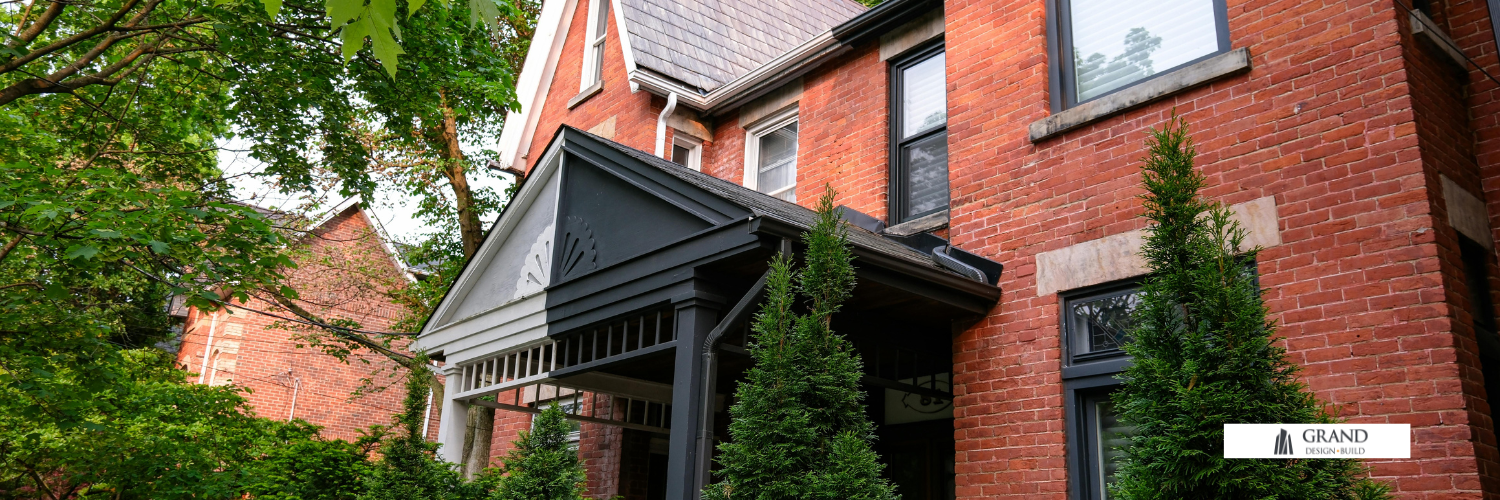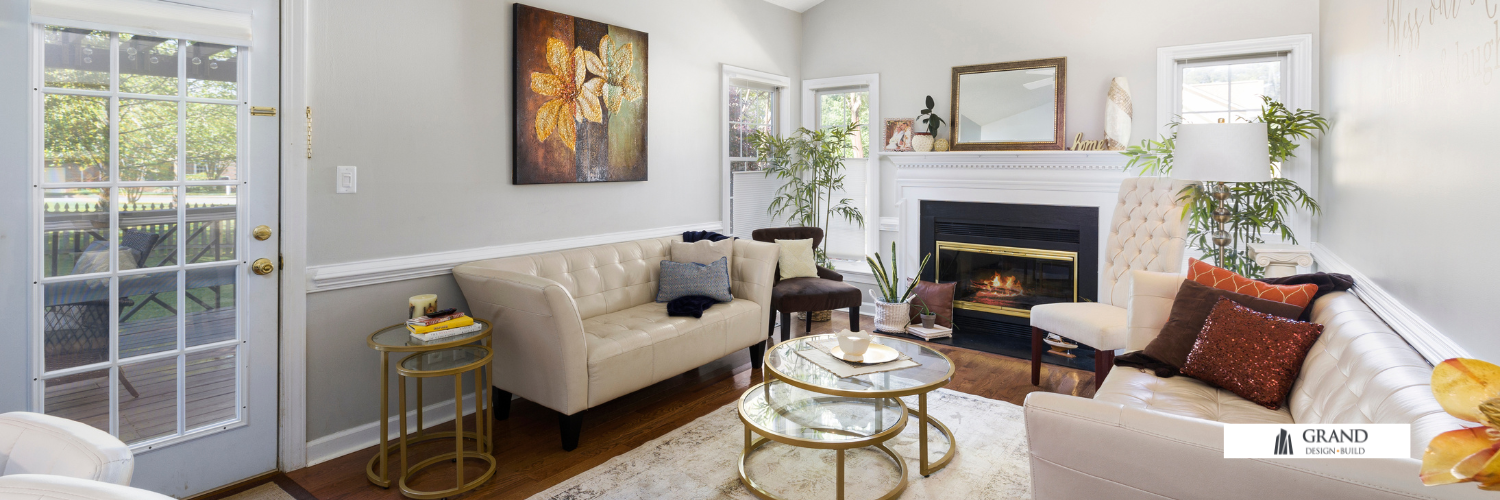Home Remodelling in Toronto Is Changing, And Homeowners Need to Rethink How They Renovate
For years, home remodelling in Toronto followed a familiar pattern. Homeowners renovated kitchens for resale, finished basements for rental...

When you’re renovating, building an addition, or planning a custom home in Ontario, one term comes up again and again: the Ontario Building Code (OBC). Most homeowners know it “sets the rules,” but few actually understand what those rules mean, and how they impact the cost, timeline, design, and approval of their project.
This guide breaks down the OBC in clear, practical language. No jargon. No government-speak. Just the information you need to make confident decisions and avoid expensive surprises.
The Ontario Building Code (OBC) is the province’s minimum standard for how homes and buildings must be designed, built, renovated, or demolished. It exists to protect:
Safety
Structural stability
Energy efficiency
Fire protection
Accessibility
Every permit review, inspection, drawing set, and construction process must comply with the Code.
In other words:
If your project doesn’t follow the OBC, it won’t get approved—and it won’t pass inspection.
Whether you’re planning a home addition, laneway suite, basement renovation, or a full custom build, the OBC affects your project in five major ways:
Want larger windows? A deeper basement? An open-concept main floor?
The OBC determines if it’s allowed—and what structural changes are required to make it safe.
OBC requirements can influence:
Beam sizing
Foundation depth
Insulation values
Fire-rated assemblies
Mechanical systems
These can add or reduce costs depending on the design.
When drawings follow the OBC correctly, permits move faster.
When they don’t, the City sends them back for revisions—causing weeks or months of delays.
A home that’s not built to Code becomes a liability:
Harder to sell
Higher insurance risk
Exposed to legal issues
Compliance isn’t optional—it's an investment in your home’s value.
This is the real reason the Code exists.
It prevents structural failures, moisture issues, electrical hazards, fire risks, and premature deterioration.
These include:
Foundations and footing sizing
Load-bearing walls
LVL and steel beam sizing
Floor and roof framing
Snow load and wind load requirements
Seismic design
If you’re removing walls or building an addition, this part of the Code matters most.
The OBC requires:
Smoke and CO alarms
Fire-resistant drywall in certain areas
Fire separations between units (duplex/triplex/laneway suite)
Protected exits and egress windows
Flame-spread ratings for materials
Laneway and garden suites must meet strict fire route and access rules.
These govern:
Drain pipe sizing
Venting
Backwater valves
Sump pumps
Basement bathroom rough-ins
Even moving a sink across the room can trigger OBC plumbing requirements.
Includes:
Heating and cooling capacity
Duct sizing
Airflow requirements
HRV/ERV ventilation
Gas piping rules
Energy efficiency and indoor air quality are strict in Ontario—especially for new builds.
Every home must meet insulation, window, and mechanical efficiency standards.
Examples:
Exterior walls: minimum R-22 to R-24 (depending on assembly)
Attics: R-60+
Basement insulation upgrades
High-performance windows
Mandatory HRV/ERV in new homes
Homes built under these standards are quieter, more efficient, and more comfortable.
Ontario has aggressively pushed new housing—meaning updated Code rules allow safer and more legal:
Basement apartments
Duplex/triplex conversions
Laneway suites
Garden suites
These require:
Egress windows
Fire separations
Independent HVAC or HRV systems
Proper exits
Minimum ceiling heights
This is where most homeowners get caught off guard. A “simple” basement finish can become a Code-driven project quickly.
According to the OBC and local municipal rules, you need a permit when you are:
Removing or installing load-bearing walls
Building an addition
Adding a second suite or basement apartment
Installing or modifying plumbing
Changing the structure (beams, joists, foundation)
Lowering a basement or underpinning
Adding a laneway or garden suite
Building a new home
You do not need a permit for:
Flooring
Cabinets
Painting
Replacing fixtures in the same locations
But if you change layout or structure—permit.
Every homeowner asks the same questions:
“How long will it take?”
“How much will it cost?”
The OBC heavily influences both.
Larger beams
Deeper footings
More insulation
Fire-rated gypsum
Enlarged windows
Additional ventilation
More complex mechanical systems
However…
Homes built correctly require fewer repairs, fewer surprises, and fewer long-term issues.
Drawings don’t meet Code
Inspections fail
Fire separation details are incomplete
Mechanical design is inaccurate
This is why professional drawings matter.
A good designer or architect builds the Code into the plans from day one.
At Grand Design Build, every project goes through a full OBC compliance process:
No outsourcing. No delays. Everything coordinated.
Ensures safe designs and faster permit approvals.
Code-compliant ventilation, HVAC, and plumbing.
Especially important for additions and new homes.
This is why our timelines are faster.
So your project stays compliant from excavation to final occupancy.
Yes, the OBC creates rules.
Yes, it can feel overwhelming for homeowners.
But its purpose is simple:
➡️ Keep your home safe
➡️ Ensure long-term durability
➡️ Increase energy efficiency
➡️ Protect your investment
When your builder understands the Code inside out, you get:
Fewer delays
Fewer cost surprises
Faster permits
Higher-quality construction
And a home that stands the test of time.
Yes. Even cosmetic renovations can trigger OBC rules if plumbing, structure, or mechanical systems are affected. Any change that impacts safety or layout must meet Code.
Yes. They require egress windows, fire separations, soundproofing, ventilation standards, and proper ceiling heights. Toronto enforces these rules strictly.
The OBC is updated periodically, with major changes in 2012, 2019, and 2022. Energy efficiency and fire protection updates occur more frequently.
The project may fail inspection, trigger City orders, or become uninsurable. Non-compliant work can also reduce resale value.
Anything involving beams, structural changes, additions, underpinning, foundation work, or secondary suites requires structural engineering.
Yes. Laneway and garden suites must meet specific OBC structural, fire access, and energy rules, plus City of Toronto zoning standards.
Basement suites require proper egress windows, fire separation, dedicated heat/ventilation, and minimum ceiling heights to be legal under the OBC.
You need a permit if you are altering structure, plumbing, HVAC, or creating a new bedroom. Cosmetic upgrades do not require a permit.
Lorem ipsum dolor sit amet consectetur, adipisicing elit. Ipsa libero labore natus atque, ducimus sed.


home addition, home addition Toronto, Home extention, one storey addition, toronto home addition
In Toronto, a home addition is not just a construction project. It is a planning decision shaped by zoning rules, neighbourhood context, building code limitations, and long-term resale value. Many homeowners rush into drawings...

Toronto Renovations, Toronto Building Permit, toronto building permit process, how to apply Toronto building permit, building permit Toronto, Toronto Building Permit guide, home renovation Toronto, Toronto Building Code, Toronto Building Permit for Renovation, Toronto Renovation Permit
Renovating a home in Toronto can add major comfort, value, and long-term savings — but before you start, it’s important to know when a City of Toronto building permit is required. This guide explains the basics in clear language:...